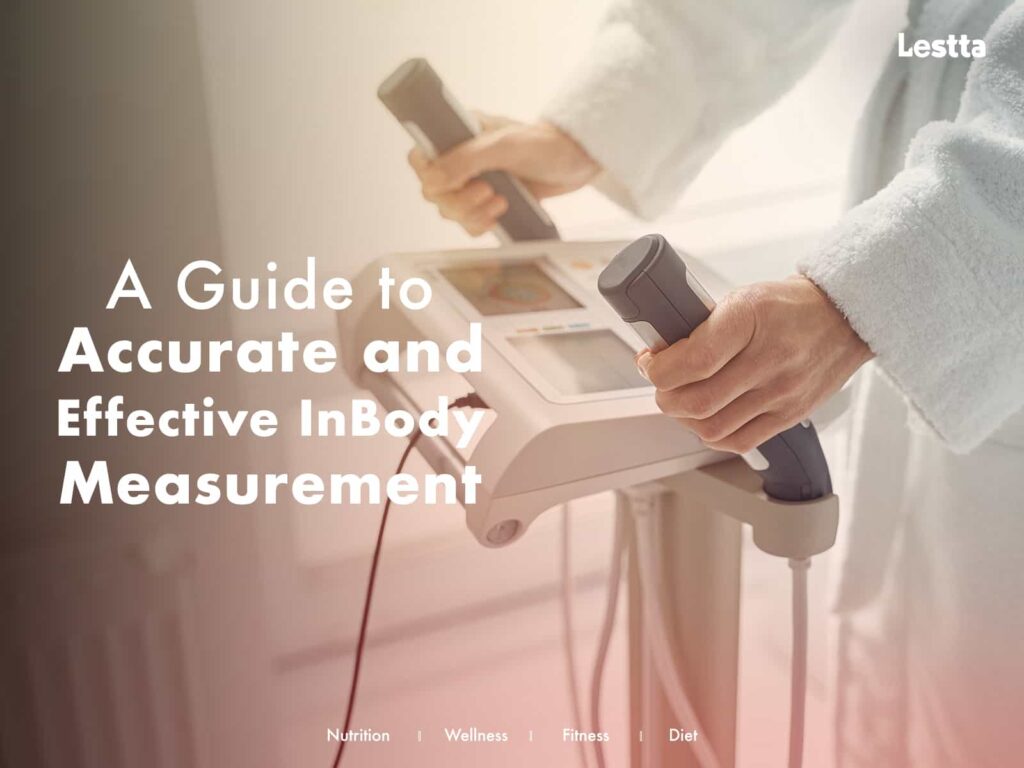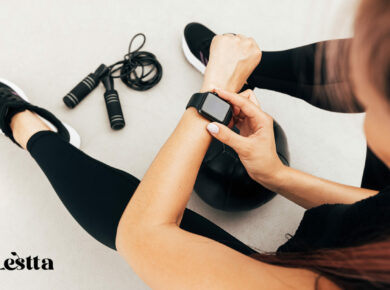
Accurate InBody measurement plays a crucial role in understanding our body composition and overall health. Whether you’re an athlete, fitness enthusiast, or someone seeking to improve their well-being, obtaining precise measurements is essential.
In this article, we will provide a comprehensive guide to achieving accurate and effective InBody measurements, empowering you to make informed decisions about your health and fitness goals.
1. Understand InBody Technology
InBody is a cutting-edge technology that uses Bioelectrical Impedance Analysis (BIA) to measure various parameters of body composition, such as muscle mass, body fat percentage, and water distribution.
It operates by sending low-level electrical currents through the body to analyze tissue impedance. Familiarize yourself with how InBody works to gain a better understanding of the measurement process.
2. Prepare for the Measurement
To ensure accurate results, it is crucial to prepare properly for an InBody measurement. Wear lightweight and comfortable clothing, remove all metal objects, and empty your bladder before the test.
Avoid consuming food, beverages, or engaging in intense exercise at least two hours before the measurement. Following these guidelines helps minimize variables that could affect the accuracy of the results.
3. Consistency and Timing
Consistency is key when it comes to accurate InBody measurements. Ideally, schedule your measurements at the same time of day, preferably in the morning, before consuming food or fluids.
Avoid measurements immediately after exercise, as it can temporarily affect fluid distribution in the body. By maintaining consistent timing, you can track your progress more effectively.
4. Hydration and Body Positioning
Proper hydration is crucial for accurate InBody measurements. Stay adequately hydrated by drinking enough water in the days leading up to the test.
During the measurement, ensure proper body positioning as instructed by the InBody machine. Stand still, with both feet touching the designated electrodes, and maintain a relaxed posture. Following these guidelines enhances measurement accuracy.
5. Communicate with Professionals
When conducting an InBody measurement, it is essential to work with trained professionals who can guide you through the process. They can explain the results, interpret them accurately, and provide valuable insights into your body composition.
Consult with fitness trainers, nutritionists, or healthcare professionals who are knowledgeable about InBody technology to gain a comprehensive understanding of your measurements.
6. Track Progress and Adjustments
Regularly tracking your InBody measurements allows you to monitor changes in body composition and make necessary adjustments to your fitness and wellness routines. Use the results as a guide to modify your exercise and nutrition plans accordingly.
By reviewing trends and making informed decisions, you can optimize your efforts towards achieving your health and fitness goals.
7. Combine InBody Measurements with Other Metrics
While InBody measurements offer valuable insights, it is essential to combine them with other metrics for a comprehensive understanding of your health and fitness journey.
Consider integrating other assessments, such as physical performance tests, body circumference measurements, and subjective evaluations of well-being. This multi-faceted approach provides a holistic view of your progress.
Conclusion
Accurate InBody measurement is a powerful tool for assessing body composition and tracking progress on your health and fitness journey. By understanding the technology, following preparation guidelines, maintaining consistency, and working with professionals, you can obtain precise measurements and gain valuable insights into your body’s composition.









